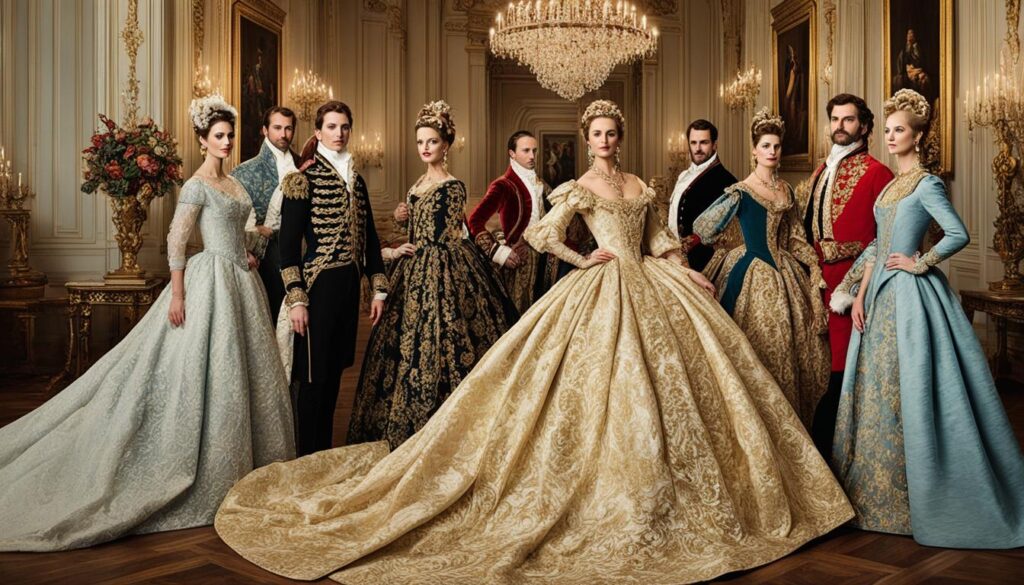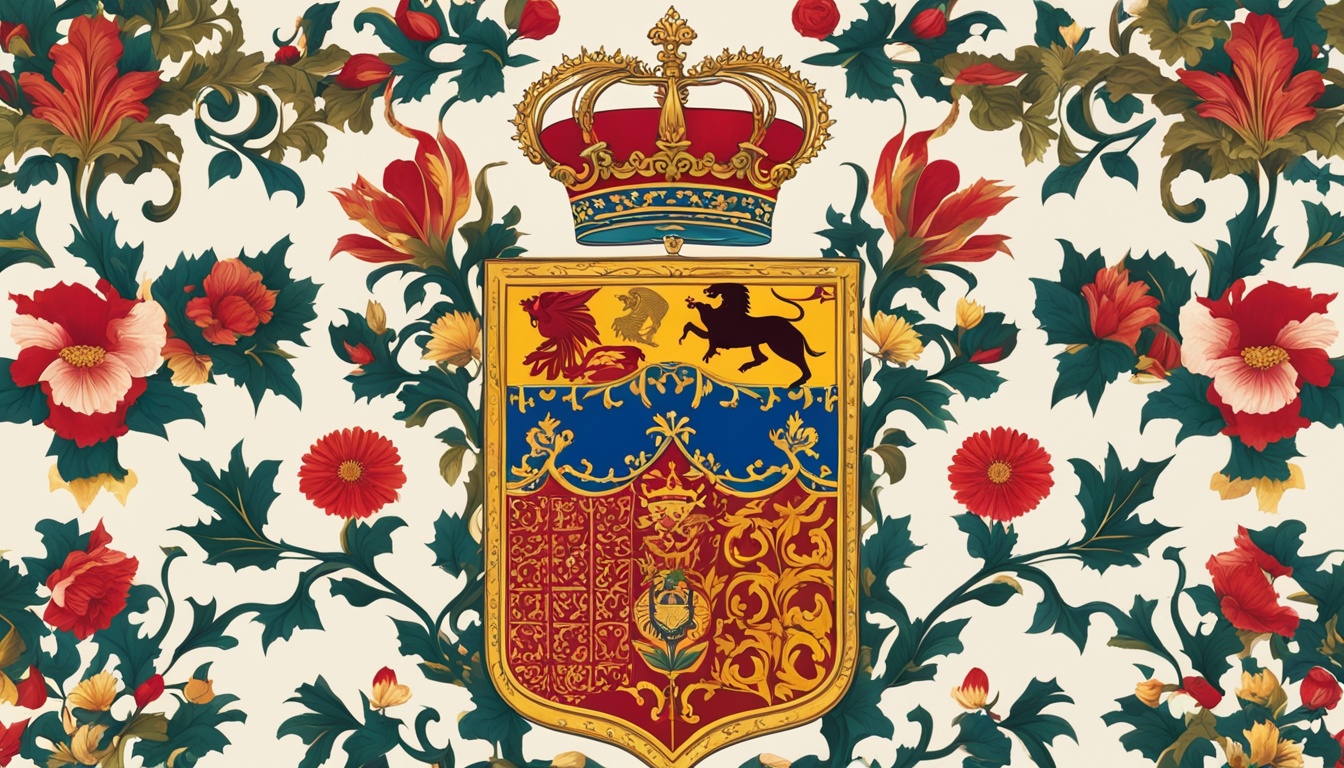In the history of Spain, one nobleman is famous for his many names. This 19th-century aristocrat had an amazing 88 given names. This shows the deep naming traditions of Spanish nobility.
This story gives us a peek into the complex world of Spanish aristocracy. Noble families often gave their children many names to honor their ancestors and saints. Using lots of names was a way for the aristocracy to show off their high social status.
Key Takeaways
- A 19th-century Spanish nobleman possessed 88 given names
- Spanish aristocracy often used multiple names to honor ancestors and saints
- Naming practices reflected the complexity of noble titles and lineages
- The case provides insight into historical Spanish naming conventions
- Extensive names were a way for nobles to showcase their prestigious connections
The Extraordinary Case of Alfonso’s 88 Names
Alfonso, a 19th-century Spanish nobleman, is known for his 88 given names. This shows the deep tradition of naming in Spanish nobility. The House of Bourbon, a key dynasty, started in 1272.
Titles in Spanish nobility are special. They can’t be bought or sold. They go to blood relatives, keeping the family’s noble status through time.
The Spanish Ministry of Justice helps with title changes. This shows how important keeping noble records is. Interestingly, some old beliefs are gone, but noble titles in Spain are still taxed. This shows they’re still important today.
Alfonso’s 88 names give us a peek into Spanish nobility’s naming ways. It shows how much they value family connections and lineage. His name tells a story of history and family.
Spanish Nobleman’s 88 Names: A Window into Aristocratic Traditions
The 88 names of Alfonso de Bourbon show the deep roots of Spanish heritage and noble lineage. This tradition highlights the long-standing aristocratic customs in Spain. The Spanish nobility is divided into three main groups: grandees, titled nobles, and untitled nobles.

Grandees are at the top of the Spanish nobility. They were once split into three classes, but now, this division doesn’t matter much. The king calls grandees mi Primo (my Cousin), showing their high rank. Other nobles get the title mi Pariente (my Kinsman) from the king.
Historical names are key in Spanish nobility. Dukes and grandees, along with their families, are called “The Most Excellent Lord/Lady.” Non-grandee titled nobles are known as “The Most Illustrious Lord/Lady.” These titles show the detailed hierarchy in Spanish nobility and the value of historical lineage.
The Spanish Nobility: Structure and Hierarchy
Spain’s aristocracy has a rich and complex setup. It has six main ranks of noble titles. These go from the top duke to the lowest lord.
Titles are passed down through Spanish heritage. Since 2005, the oldest child gets the title, no matter the gender. This change shows how family traditions have evolved in the Spanish aristocracy.
The title ‘prince’ is special in Spain. It’s mainly for royal family members. The future king or queen has three titles: Prince of Asturias, Prince of Girona, and Prince of Viana. These titles are linked to Spain’s history and royal family.
Grandees of Spain had special rights in the royal court. They could wear their hats in the king’s presence. They also couldn’t be arrested without a special royal order. These customs show the detailed social structures of Spanish nobility.

Leave a Reply